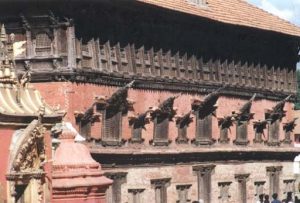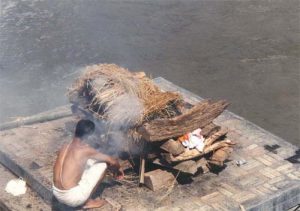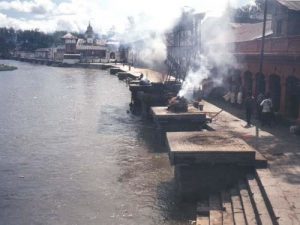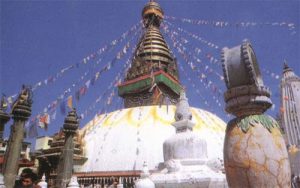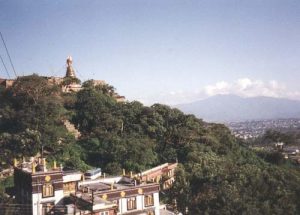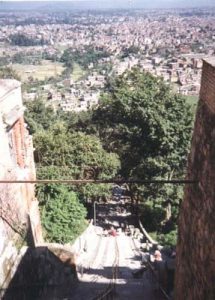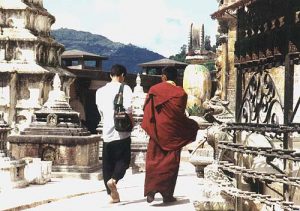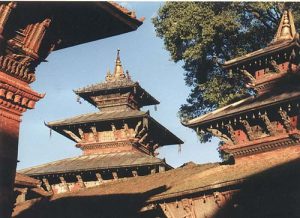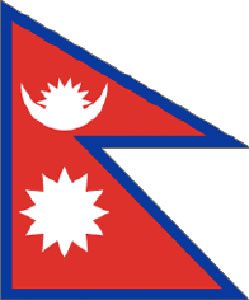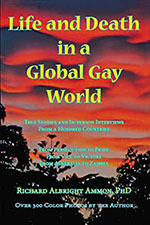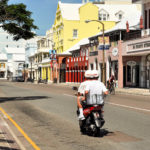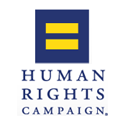Historically, Nepal had many small kingdoms and the modern state was formed with the Unification of Nepal by Prithvi Narayan Shah on December 21, 1768. Prior to 2006, Nepal was a kingdom. Nepal is now a federal democratic republic.[2] Its recent history has involved struggles for democratic government with periods of direct monarchic rule. From 1996 until 2006, Nepal suffered from a Civil War between government forces and guerrillas of the Communist Party of Nepal (Maoist).
Following massive popular uprisings (involving over a million people at moments) and a prolonged general strike in 2006, the monarchy finally capitulated, after several violent attacks and killings of peaceful protesters by the Nepalese Army had already occurred. Following the international legitimacy bought at the cost of laying down arms and participating in the new electoral process, several western European powers were persuaded to remove the CPN(M)from their government’s terrorist lists.
On January 14, 2007 the new 330-seat parliament, including 83 Maoists, was sworn-in after the cabinet approved an interim constitution. On April 10, 2008 the Maoist participated in the 2008 Constituent Assembly election. The party gained around 30% of the vote, giving them 220 of the 575 elected seats (38%) and were nominated for 9 additional seats by the council of ministers, giving them a total of 229 of the 601 seats overall. One of those sworn in was an openly-gay activist, Sunil Pant,
The photos here were taken in and around Kathmandu, the capital. The city is at an elevation of approximately 4,500 ft (1,400 m) and is inhabited by about 2.7 million people. It is the most developed city in Nepal.
Read the story about Gay Nepal




